Where Are You, Demon? Detective Comics 1062
The existential crisis that drives Batman stems from a five-second decline. This is the kind of Batman we’re working with.
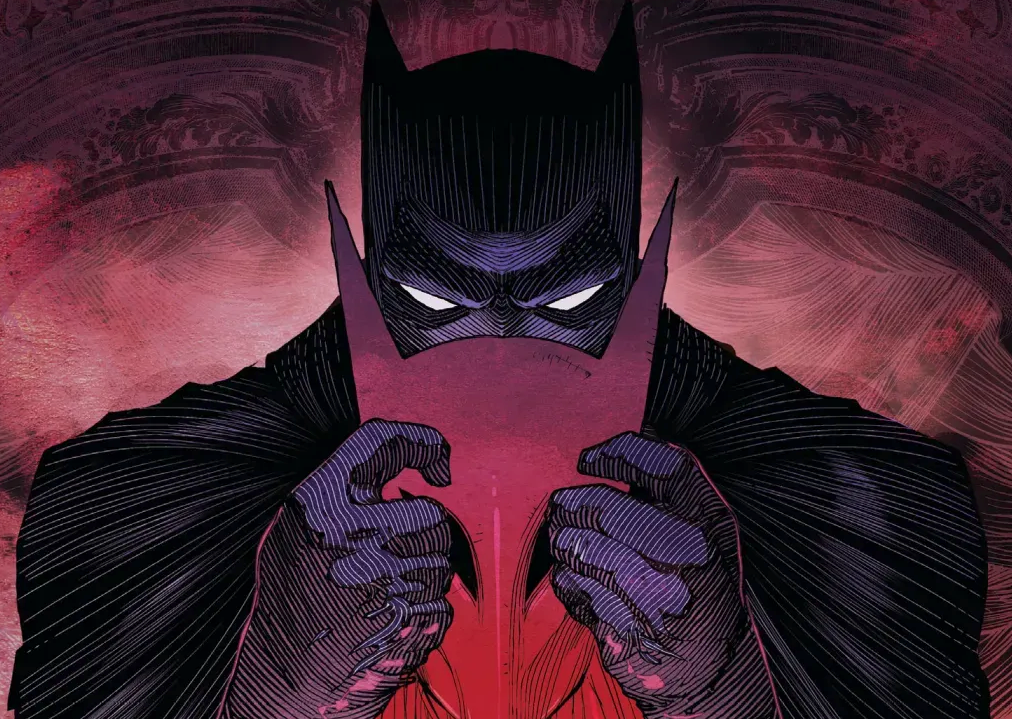
One thing about the group of comics friends Scott and I share is that we are, as our friend Rob likes to put it, comic omnivores. Lately, though, my diet has been more restrictive. Prior to picking up Detective Comics #1062, I hadn’t opened a superhero floppy in months. I had gone comics Keto or something. I was spending more time with OGNs and alt-comix, and I wasn’t exactly missing the Wednesday warrior books. To be honest, I never really caught on following the derailment of Tom King’s run. The endless cycle of breaking Batman down to build him back began to exhaust me. Crossovers and tie-ins seemed to be all-too-frequent, and the preponderance of Bat-books, be they Bat-Family/Bat-Adjacent or the slew of mini-series that dominate the shelves became, frankly, disenchanting. The idea of keeping up with single-issue Bat-books felt a little trite for my forty-year-old self.
But, if I’m being honest with you, my favorite way to read a comic is via the serialized single-issue format. I love that mode of storytelling, and when a creative team is clicking, there is no better treat for me to read these short, specific, pointed installments.
The announcement of the new creative team for Detective Comics was enough of a carrot to get me back into the fold. Compared to the core Batman book, Detective Comics always has the potential to be a different endeavor. I have been ardently following Ram’s writing since I was first introduced to him through These Savage Shores, and I’ve personally been itching to see him take on Batman. Detective Comics seems like the proper book for him because what Ram readers have come to expect, and what I would assume most of us want from him on a Bat-book, is an ambitious book that asks big questions about Batman and his mythos - i.e. the kind of book that could (mostly) exist without a ton of external pressure.
And that’s exactly what this first issue indicates will be the direction for this series. Rafael Albuquerque, Dave Stewart, and Ariana Maher join Ram as creative partners for the beginning of this run, and I’m impressed by the way the team coheres so well for the first issue. One of the traits that Ram shares with his White Noise counterparts (writers Dan Watters, Alex Paknadel, and Ryan O'Sullivan) that always sticks with me is the ability to utilize all components of collaboration to construct a comprehensive aesthetic for a book that serves to advance the plot and thematic concepts in a truly organic or even symbiotic way. Books like Coffin Bound and Blue In Green typify this concept. To see this same unity emerge in Detective Comics #1062 makes me very excited to be reading this book from month to month.
I’ll warn you now that there will be spoilers below.
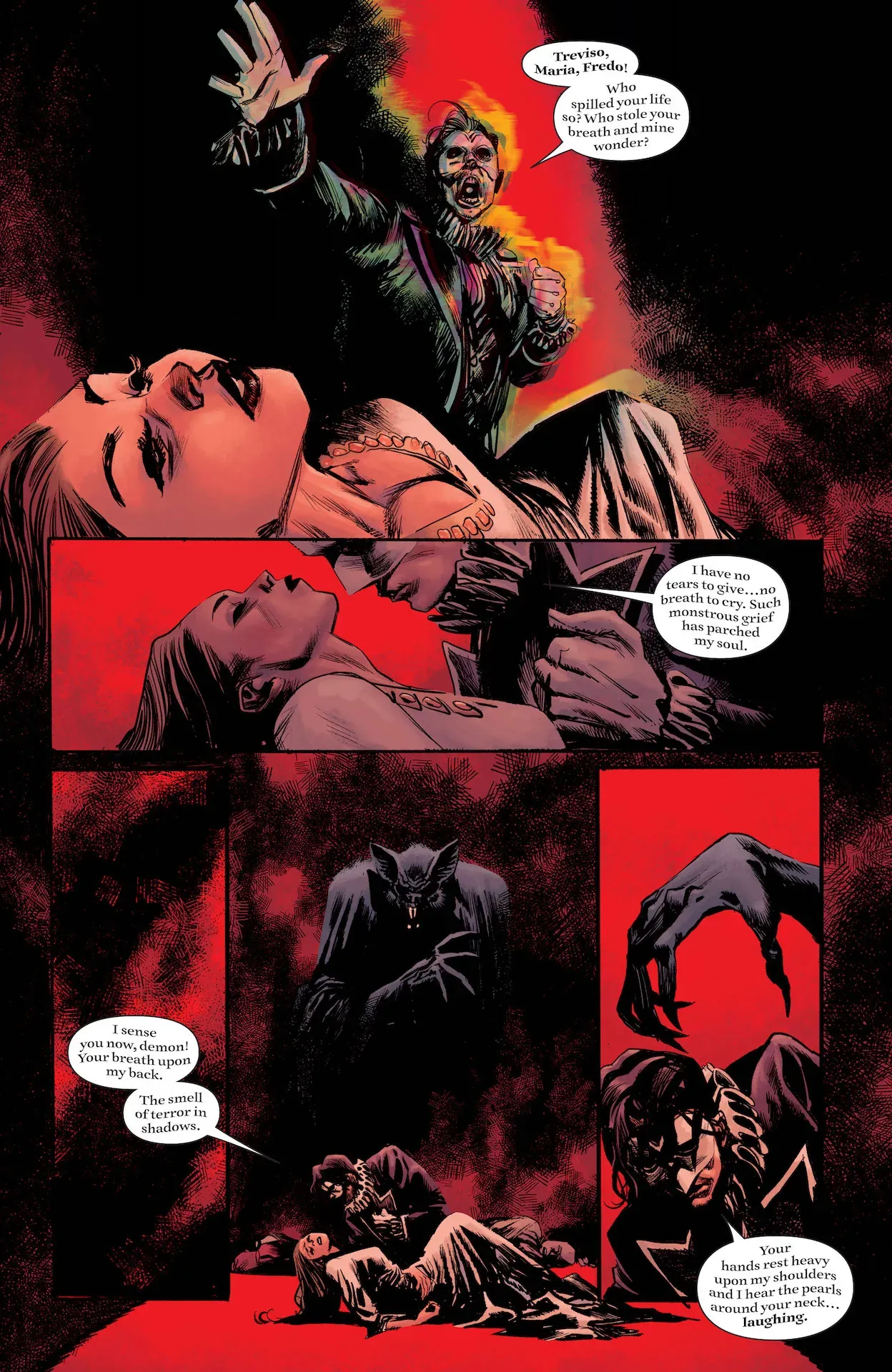
I’ve always been an admirer of Rafael Albuquerque’s art. For this issue of Detective Comics, he and colorist Dave Stewart bring just enough abstract messiness to the page that it helps to connote an underlying chaos that Ram harnesses to drive the idea home that something isn’t quite right with Bruce Wayne. It is a dark issue without being devoid of color, and that’s because of the specific work in the contrasts. Albuquerque and Stewart work in texture and shades, and you get the sense that Batman truly emerges from the shadows. Stewart helps to enhance Albuquerque’s natural noir feel by providing texture for the negative space Rafa employs. The end result is that Batman feels both like a creature of the night and separate from it. The contrasts are subtle and beautiful, providing a clear tone without either muddying the whole issue in an overly murky darkness nor establishing too steep a contrast that, for lack of a better term, makes the book look too “comic booky.”
The issue opens with Batman doing what he does best, busting up some thugs. But his timing is off, and there is a new grotesque monster who has taken over the body of a mid-level mob boss, and oh yeah, Talia is back. What I appreciate about Ram’s approach to the opening of this series is that he puts Batman off-balance. He is still effective, but perhaps not to his standards. Dick Grayson chides his mentor, asking if he is merely getting old and slowing down. But Batman is all about preparation. The idea behind his training and his skillset is that, in contrast to his excessive wealth, he has earned his status as a superhero. It is his training that separates him from the rest of the pack. Batman is simply going to outwork everyone around him, and Ram seems to be exploring what happens when he can’t meet his own standards. Including Nightwing as a little whisper of mortality provides a wonderful contrast - Dick isn’t a slouch, but his cocky demeanor and natural gifts provide the other side of the coin for Bruce’s reserved nature and hyper-dedication. The existential crisis that drives Batman stems from a five-second decline. This is the kind of Batman we’re working with. We know this iteration of the character, and it’s ripe for a thorough exploration.
Ram gets Bruce’s inherent neuroses. In the seemingly endless cycle of breaking Batman down to build him back up, the breakdowns are often superficial - wealth, power, reputation, etc. Grant Morrison flirted with the psychological component, but it was one of the many tools they employed during their run. What Ram seems to be wrestling with here is far more existential. By the end of the issue, Bruce’s nightmarish visions conjure images of Barbatos, the demon of his own mythology. Perhaps Bruce needs not to worry about a nefarious plot but instead needs to confront himself, one way or another.
So, yes, I have high hopes for this run. Of course, I think it can be easy to publish a solid first issue. Setting up the premise of a run is nowhere as difficult as executing it. True, much of Ram’s most notable output came through limited series; there is no reason not to notice the seeds for a longer run in books like These Savage Shores or Laila Starr, but I think Ram’s track record of exploring the intricacies of a character over a longer run while embedding vital metaphysical questions was put on full display during The Swamp Thing. With that book, he proved he can use a character to explore big concepts while using those concepts to in turn drive the development of that character. I think we’re in store for something similar in Detective Comics, and what I wish more than anything else is that Ram and Albuquerque get that latitude to bring this story to life sans unnecessary universe-wide distractions.
If there is something I’d call for, it would be for Albuquerque to lean into the avant-garde. Together with Stewart, he can truly make the series memorable from a visual standpoint. The Talia reveal felt a little too reserved, a little too formal. Maybe it was the result of an editing edict, maybe Rafa felt it had to be clear and obvious. Make it nuts, I say. The chilling Barbatos scene is rife with the exaggerated body contortions Albuquerque is known for - I want that to be the overall feel of the book. What will hurt this book is if anyone plays it safe. Let it ride.
Following the lead story is a superb Jim Gordon second feature from Si Spurrier, Dani, Dave Stewart, and Steve Wands. I’ve been absolutely mesmerized by what Dani does since Coffin Bound. It’s funny; I call for Albuquerque to let loose, but I tacitly recognize that Dani does have to reign it in for a mainstream monthly title. Her images are fuller, and she and Stewart create striking depth. Most pages of the story utilize a nine-panel grid, interspersed with panels of plain text to carry Gordon’s narration forward. It’s fascinating to see Dani work in this model, and the result is art that is tighter, more detailed, and just a little lusher in its finish.
At this point, Gotham’s top cop is retired and drinking his nights away in a seedy bar. Spurrier’s dialogue coupled with how he structures Gordon’s narration sells the hard-boiled tone it needs, and I love how Steve Wands utilizes the various text modes. It really is every bit as good as the main story, and I’m equally intrigued to see where this one goes. It doesn’t have the sprawl that the main story has, but that’s a good thing. Together, these stories give two entirely different feels, and they both work well
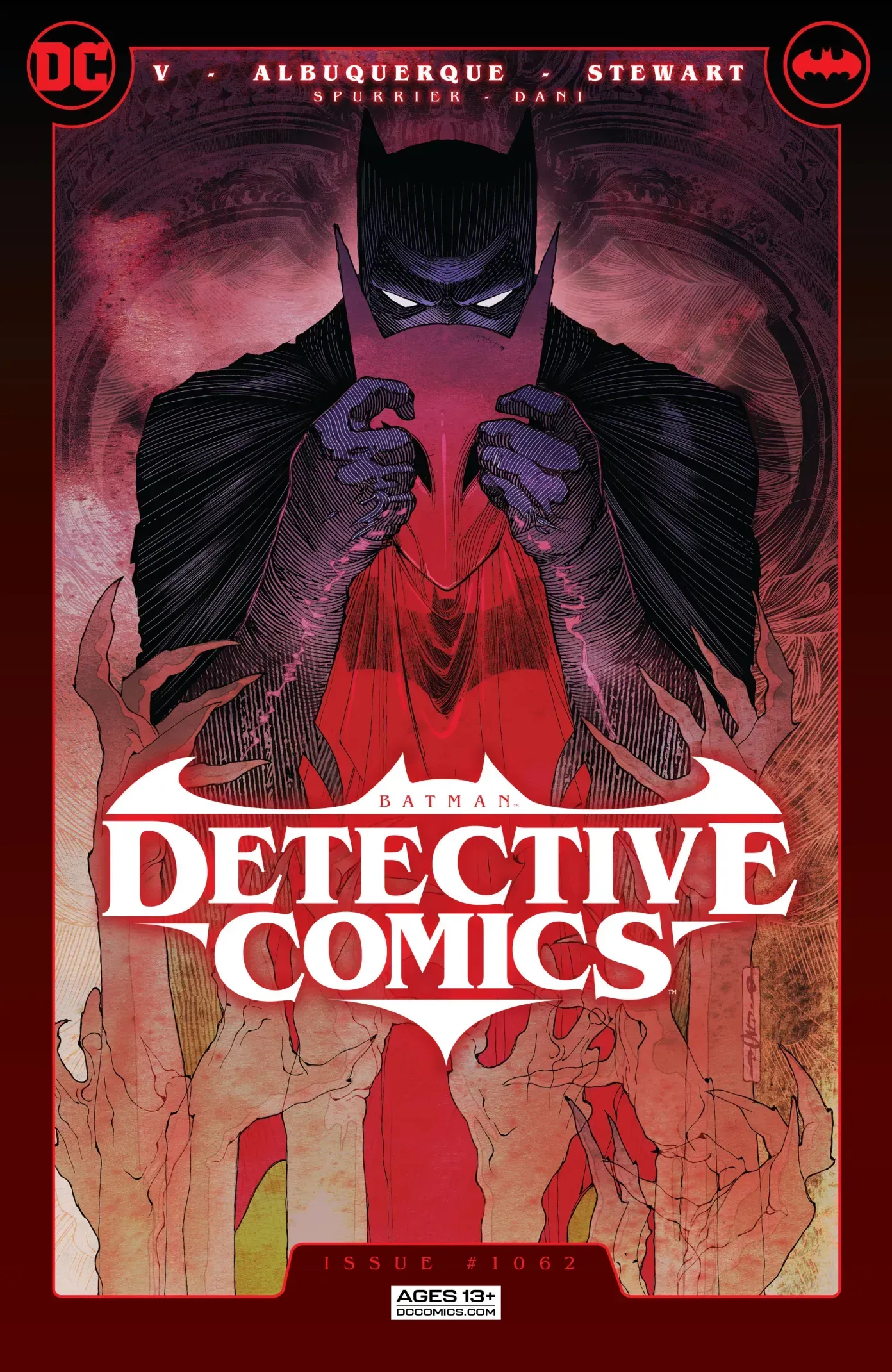


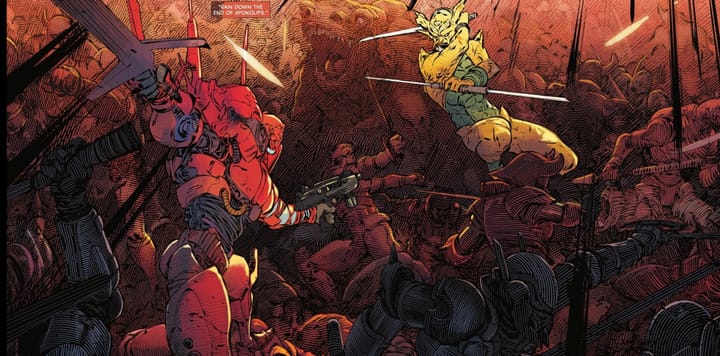
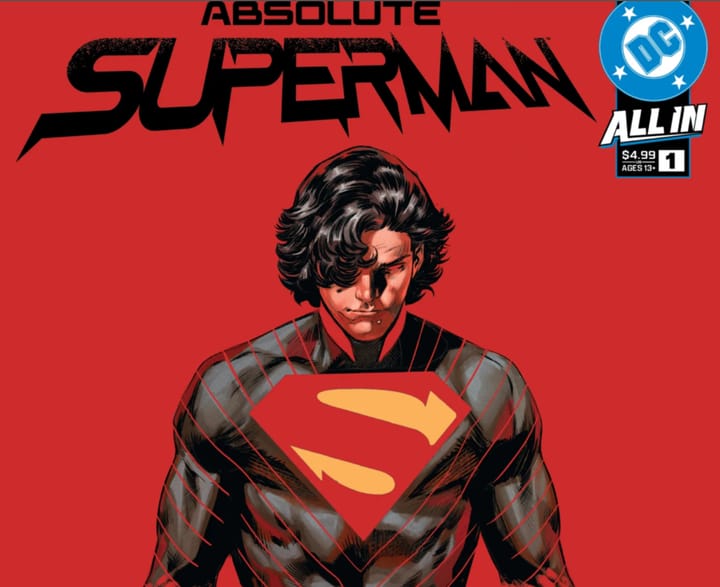
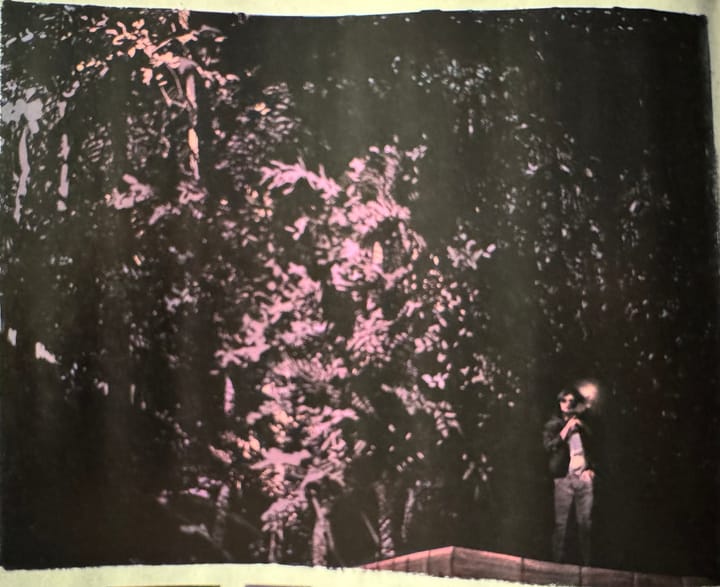
Comments ()